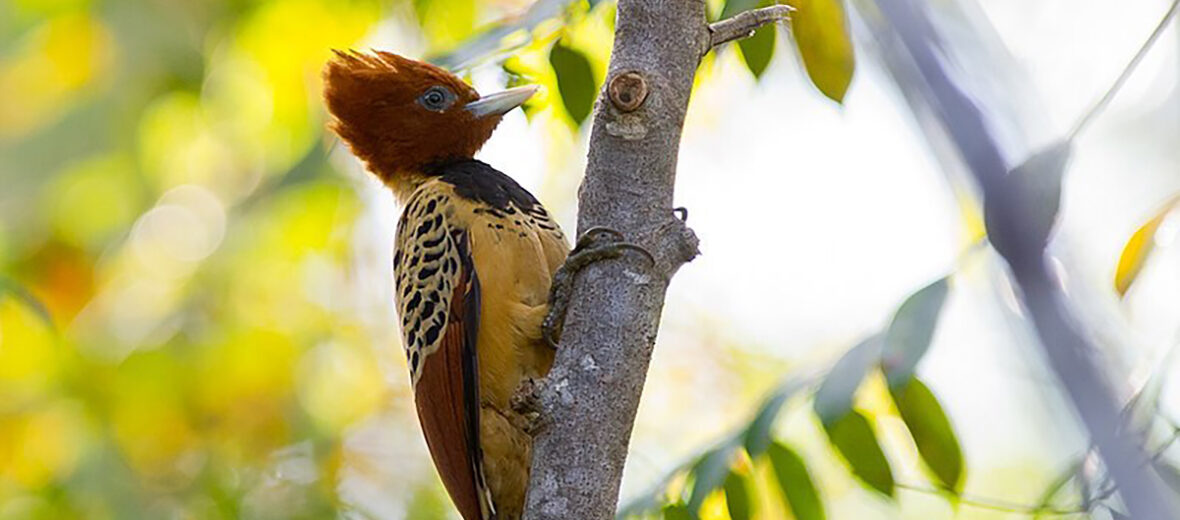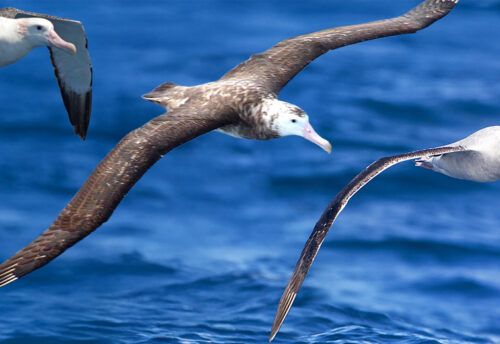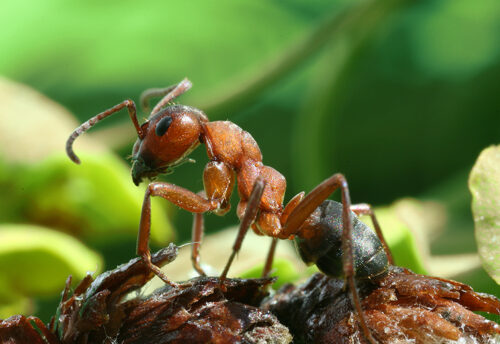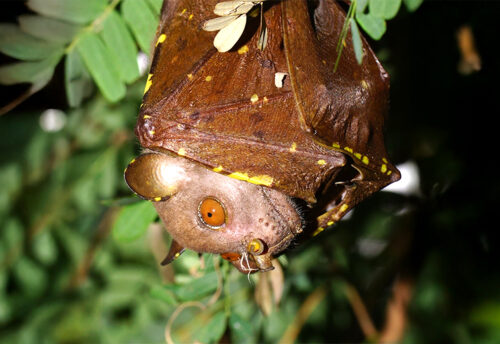
The Kaempfer’s woodpecker, aka Piauí woodpecker, can only be found in Brazil. They seem to prefer bamboo forests. These woodpeckers were previously named caatinga woodpecker. Due to habitat loss and destruction at the hands of farming, ranching, logging, dams, roads, and railroads (which divide their territory); fires; and fire suppression, these birds are listed as Vulnerable by the IUCN.
First the Stats…
Scientific name: Celeus obrieni
Weight: Up to 3.7 ounces
Length: Up to 15 inches
Wingspan: Up to 20 inches
Lifespan: Up to 11 years
Now on to the Facts!
1.) Their numbers are decreasing and as of 2018 they numbered only 6,000 wild individuals.
2.) The authors who suggested the common name caatinga woodpecker associated it with the caatinga habitat and mistook a place in the caatinga called Uruçuí-Una for the locality Uruçuí, 111.84 miles north by northwest in the cerrado habitat. This ended up leading to Kaempfer’s woodpecker being suggested as a common name instead of Caatinga woodpecker.
3.) The new name honors Emil Kaempfer who collected these woodpeckers to begin with.
4.) Their specific epithet honors Charles O’Brien, who first noted the specimen’s uniqueness.
5.) Males are differentiated from females due to having spots of red plumage, whereas females have no red coloration.
But wait, there’s more on the Kaempfer’s woodpecker!
6.) These birds are year-round residents that do not migrate.
7.) Their diet consists primarily of ants. They will drill holes in bamboo and access the ant nests, then extract the ants with their long tongue or their beak.
Did you know…?
Between the initial collection in 1926 up until 2006, no other individuals of Kaempfer’s woodpecker were seen and the bird was thought to be extinct. In October of 2006 a male was captured during mist netting in the state of Tocantins.
8.) They forage in pairs or small family groups.
9.) All that is known about their breeding is that they do so from June – July, during the dry season.
10.) These birds are vocal and produce a loud, up-slurred squeal, followed by a softer bubbling chuckle. Their calls produce a “skweeah kah-kah-kah-kah-kah” or “kreear klu-klu-klu-klu-klu” sound.
11.) They also communicate like other woodpeckers, by drumming on various surfaces, primarily bamboo. The drumming is paused by 16 – 20 second intervals.
Now a Short Kaempfer’s Woodpecker Video!
This video talks about woodpeckers in general.
Be sure to share & comment below! Also, check out the Critter Science YouTube channel. Videos added regularly!
Want to suggest a critter for me to write about? Let me know here.
Some source material acquired from: Wikipedia & IUCN
Photo credit: Joao Quental



